Search
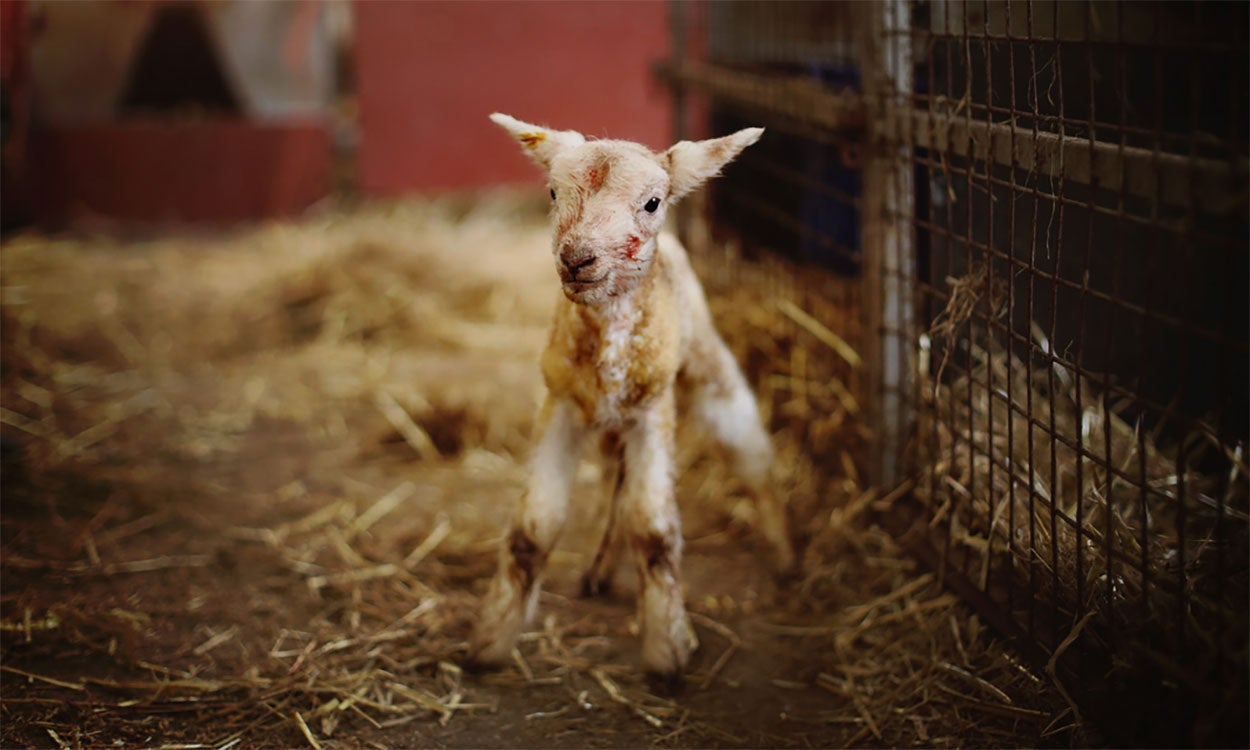
Navel Dips for Lambs and Kids
Treating umbilical cords with a navel dip at birth is recommended to ensure a healthy start for lambs and kids and preventing the occurrence of navel (joint) ill.
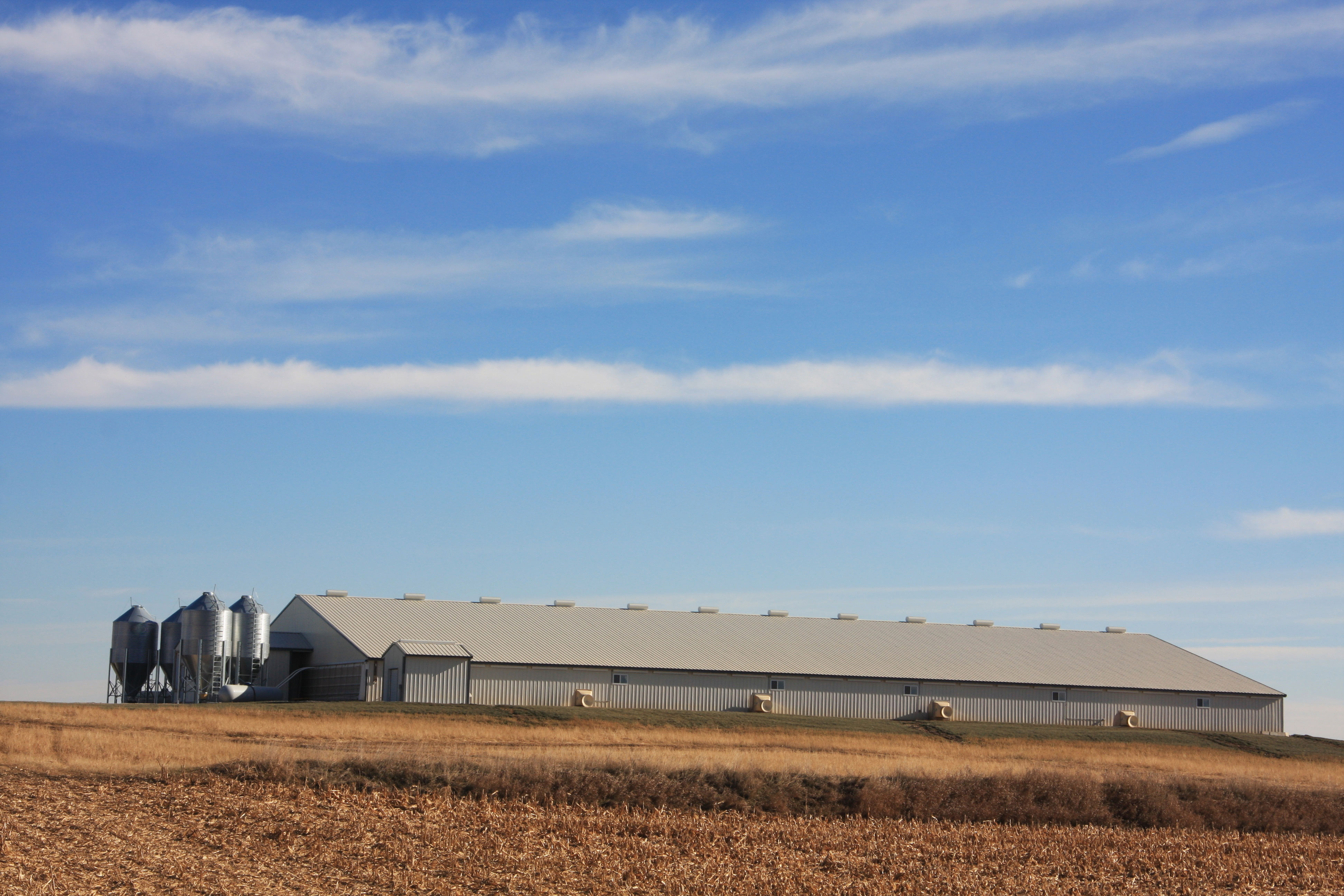
Pork Producers and the One Health Movement: Actions at the State Level
The term “One Health” has been coined to describe the concept that the health of people, animals and their environment are inextricably linked. The most commonly considered examples of One Health in practice are zoonotic diseases. For pork producers, influenza strains that originate in pigs, but pass to people are a pertinent example.

Get a Jump on Your PQA Internal Site Assessments
Spring is coming fast, so before planting gets underway take some time to conduct an internal site assessment as part of the PQA Plus Site Assessment criteria.

SDSU Extension invites public to attend 2023 SDSU Swine Day
October 06, 2023
South Dakota State University Extension invites swine producers and allied industry members to attend the 2023 SDSU Swine Day on Nov. 7 in Brookings.
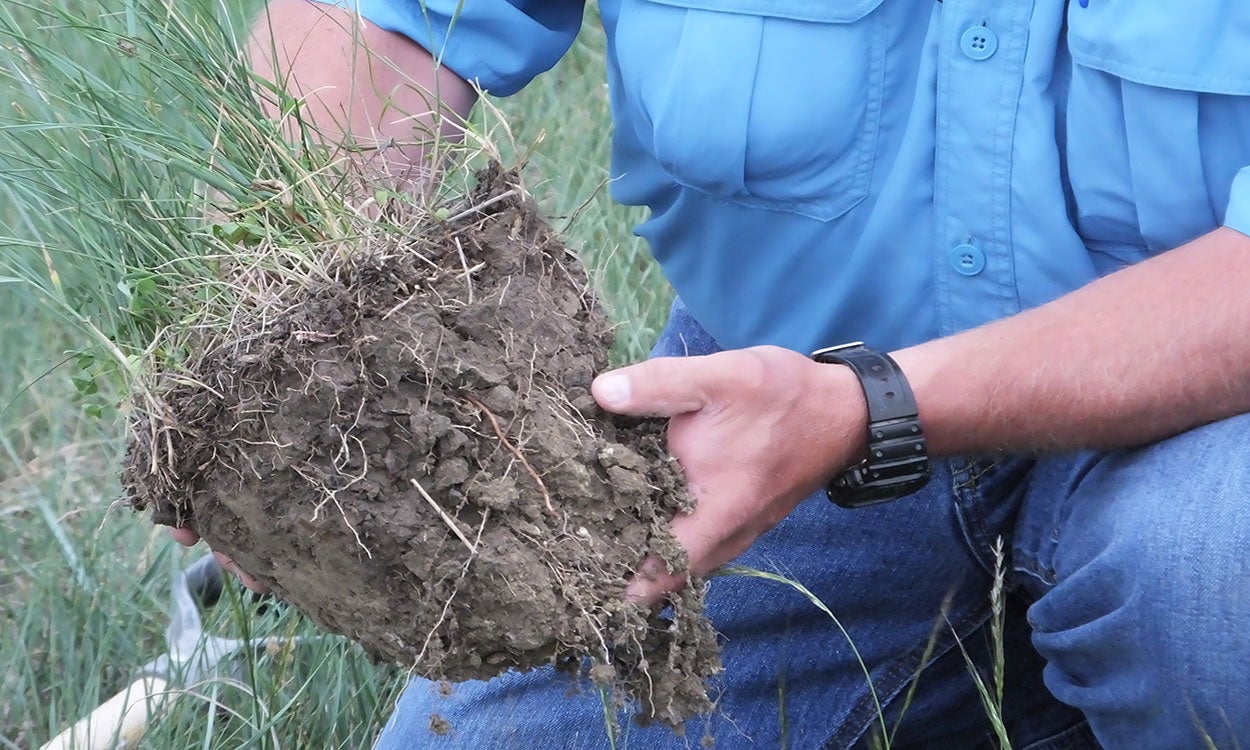
Fertilizing Grasslands
Grassland fertilization, like many other grassland management topics, is highly dependent on certain parameters, such as soil type, vegetation type and harvest methods.
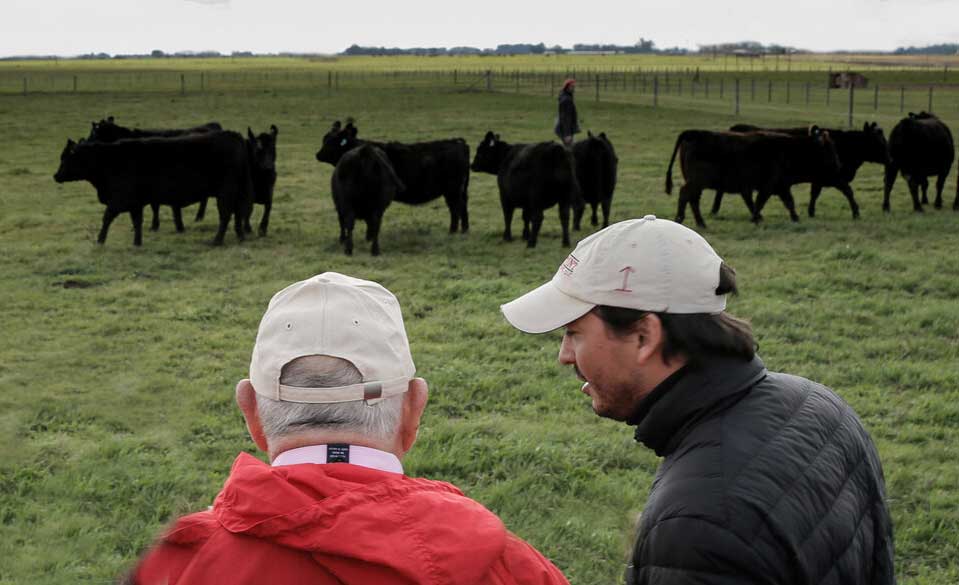
Johne’s Disease Testing in Beef Herds: Testing Plans and Responses
While still somewhat imperfect, testing herd animals for Johne’s Disease is an appropriate tool for producers and their veterinarians to begin to get a handle on the level of infection and to implement sound strategies for limiting the disease’s effects.
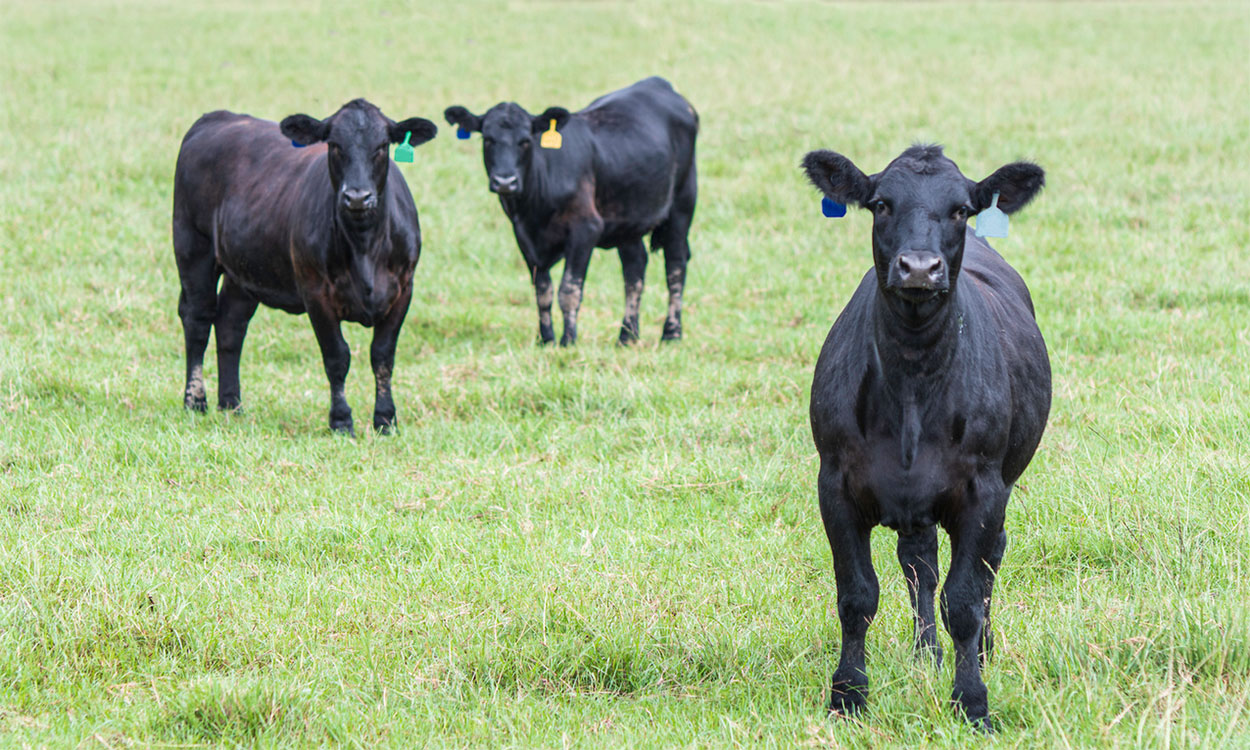
Value of Pregnancy Detection of Yearling Heifers
One of the most-important traits in the beef herd is reproduction. Any female that ends up open at the end of the year is costing the operation additional money. Strategic management decisions should be made within the reproductive herd to help maximize revenue.
Multi-Species Grazing as an Alternative to Pasture Spraying
Broadacre spraying of pastures is intended to reduce undesirable plants and increase grasses for livestock. This practice often results in unintended consequences, including damage and reduction of native forbs and reduced profitability. One approach to managing perceived “weedy” plants is incorporating different species of livestock into a grazing operation.
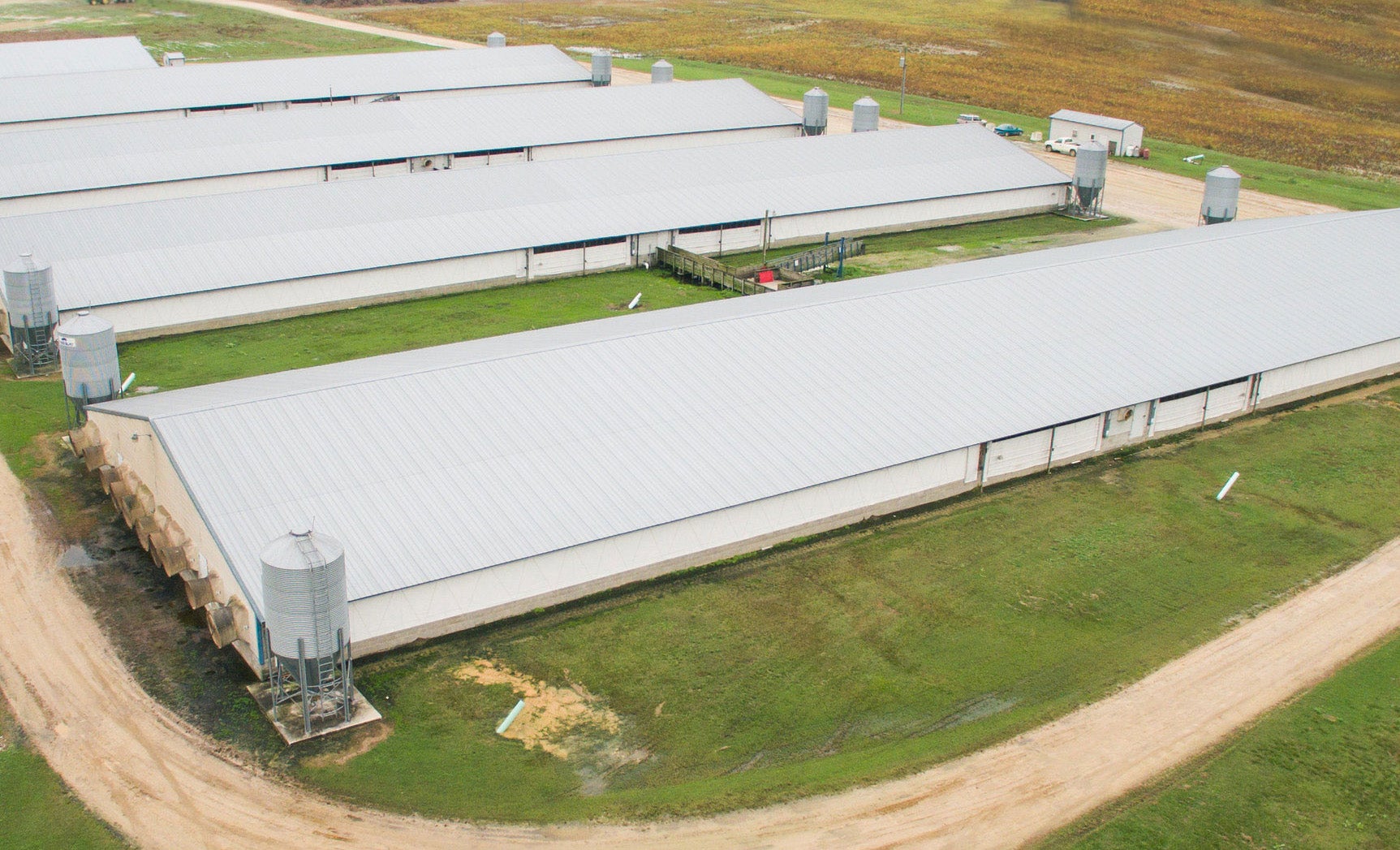
Methods to Slow Finishing Pig Growth
In abnormal situations, like with the packing plant closure we’re currently dealing with, pork producers may need to “hold” their pigs past normal marketing dates in order for other processing options to open up. We can accomplish that in two ways: altering internal barn environment and changing diets.
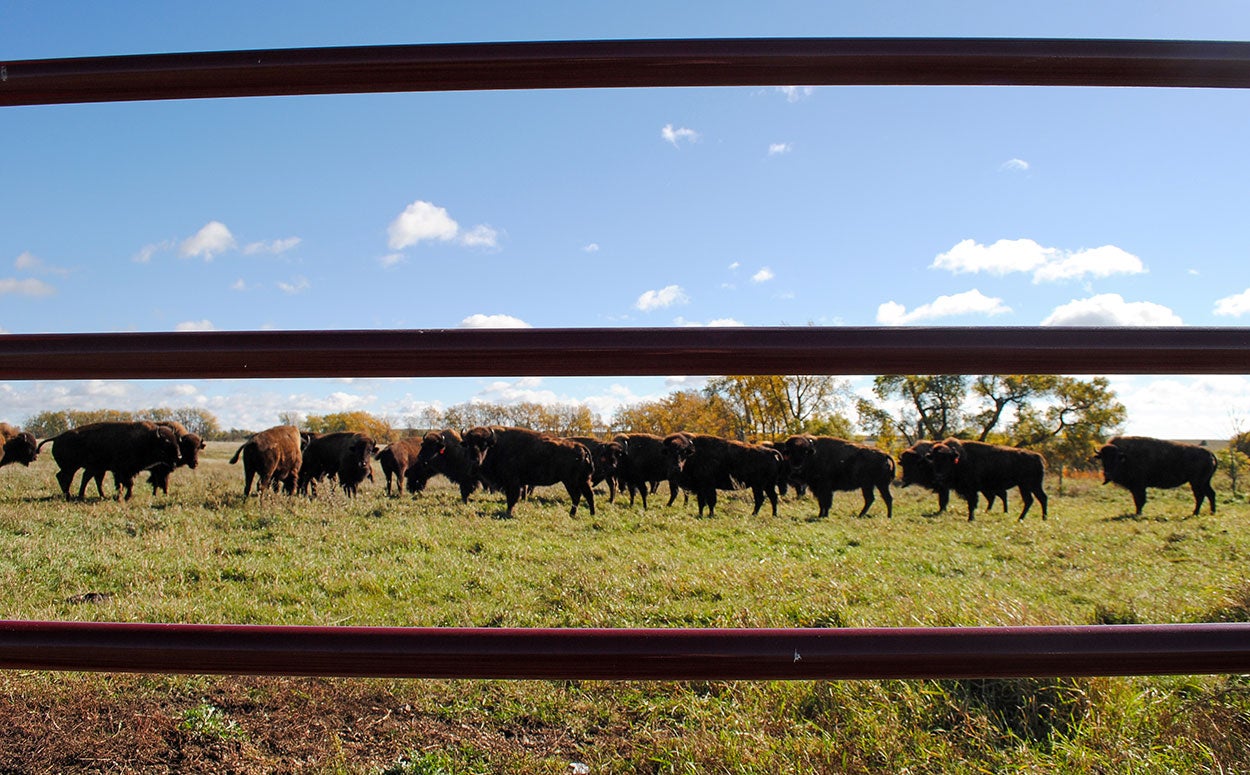
Getting Started With Bison Ranching
While bison ranching has some similarities with cattle ranching, there are significant differences that must be accounted for to ensure long-term sustainability and profitability.